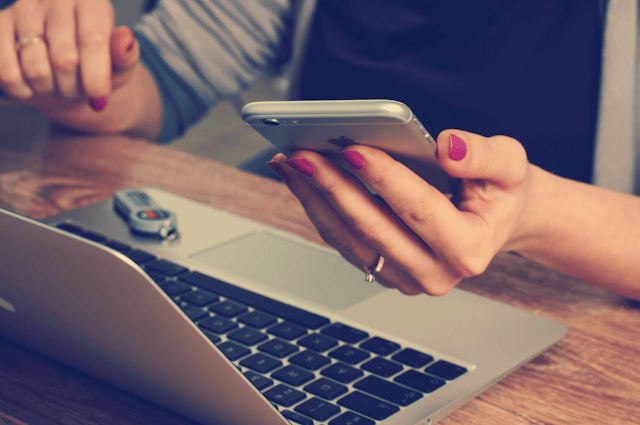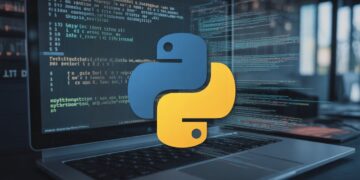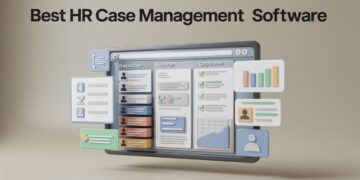Online banking has transformed the way we manage money. With just a few taps, we can check balances, transfer funds, pay bills, and even deposit checks from the comfort of our homes. While the convenience of digital banking is undeniable, it also brings risks. Cybercriminals are constantly finding new ways to steal personal and financial information.
To protect your hard-earned money, it’s essential to follow safe online banking habits. Whether you’re new to mobile banking or a seasoned user, these best practices for safe online banking will help you keep your accounts secure.
Use Strong, Unique Passwords
One of the most basic but powerful ways to protect your bank account online is to create strong and unique passwords. Many people reuse passwords across multiple accounts, making it easier for hackers to access everything if one account is compromised.
A strong password should:
-
Be at least 12 characters long
-
Include a mix of uppercase and lowercase letters, numbers, and symbols
-
Avoid using easily guessed information like names, birthdays, or “123456”
Consider using a password manager to generate and store complex passwords securely. These tools can help you maintain safe online banking practices without the burden of remembering dozens of complicated passwords.
Enable Two-Factor Authentication (2FA)
Two-factor authentication adds a second layer of security beyond your password. With 2FA, even if someone has your password, they won’t be able to access your account without a second form of verification.
Common 2FA methods include:
-
One-time passcodes (OTPs) sent via SMS
-
Authenticator apps (such as Google Authenticator or Authy)
-
Biometric verification (fingerprint or facial recognition)
Most online banking platforms now support 2FA, and enabling it is one of the most effective ways to secure your mobile banking experience.
Keep Your Devices and Apps Updated
Keeping your devices and banking apps up to date is a crucial part of online banking security. Updates often include patches for vulnerabilities that hackers can exploit. If you ignore them, you’re leaving a door open for cyber threats.
Tips to stay current:
-
Set your smartphone and computer to update automatically
-
Regularly check for updates in your app store
-
Only download banking apps from official sources like your bank’s website or app store
Secure mobile banking starts with a secure device. Make sure your software is always the latest version.
Use Secure Networks Only
Avoid logging into your bank account over public Wi-Fi. These networks are often unsecured and can be exploited by hackers to intercept your data.
For a safer online banking session:
-
Use a private, password-protected Wi-Fi network at home or work
-
Avoid performing transactions in public places like coffee shops or airports
-
If you must use a public network, use a Virtual Private Network (VPN) for an added layer of encryption
This is especially important when accessing sensitive financial information.
Monitor Accounts Regularly
Checking your accounts frequently is one of the best ways to catch suspicious activity early. Don’t wait for your monthly statement log in at least once a week to verify transactions.
If you notice anything unusual:
-
Contact your bank immediately
-
Lock your card or account (many apps offer this feature)
-
Change your login credentials as a precaution
Proactive monitoring helps protect your bank account online and gives you peace of mind.
Be Aware of Phishing and Fraud Scams
Phishing is one of the most common threats in online banking. These scams trick you into revealing personal information through fake emails, texts, or websites.
How to recognize phishing:
-
Look for misspellings or urgent language (“Your account has been locked!”)
-
Check the sender’s email address carefully
-
Never click on suspicious links or download unexpected attachments
-
When in doubt, go directly to your bank’s website instead of following a link
If someone calls or messages you claiming to be from your bank and asks for login details, hang up or ignore the message. No legitimate bank will ever request sensitive information this way.
Log Out After Each Session
Always log out of your banking app or website when you’re finished especially if you’re using a shared or public device. Even if you’re on a personal device, it’s a good habit to close sessions to prevent unauthorized access.
Don’t rely solely on closing the browser or app. Use the “Log Out” button to ensure your session ends properly.
Set Up Banking Alerts
Many banks offer customizable alerts via email or SMS. These notifications can inform you of:
-
Large transactions
-
Failed login attempts
-
Changes to your account settings
-
Low balance warnings
These alerts help you detect unauthorized activity in real-time, allowing you to respond quickly to potential fraud.
Be Cautious With Banking Apps and Add-ons
Stick to your bank’s official app. Some third-party financial tools may ask for your bank login details, but giving access to these apps can increase your risk.
Before downloading or connecting any financial tool:
-
Research the company
-
Read privacy policies and reviews
-
Avoid apps that request unnecessary permissions
Secure mobile banking starts with being selective about which apps and services you trust.
Conclusion
Safe online banking is more important than ever as we rely more heavily on digital platforms to manage our finances. By using strong passwords, enabling two-factor authentication, keeping your devices updated, and staying alert to scams, you can significantly reduce your risk of cyber threats.









